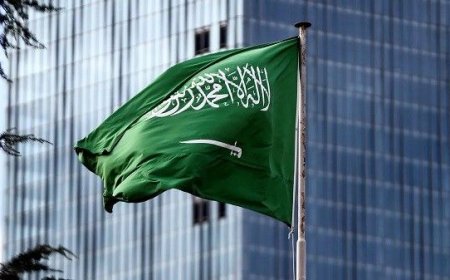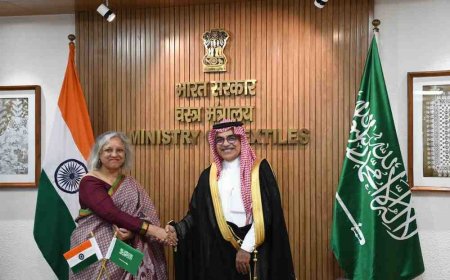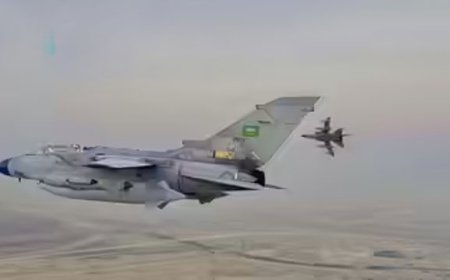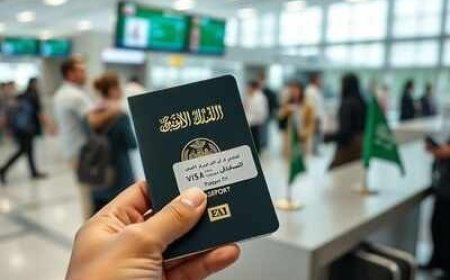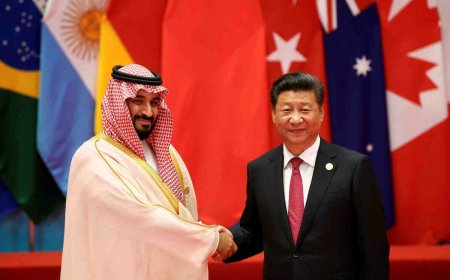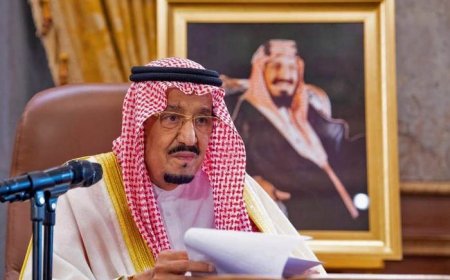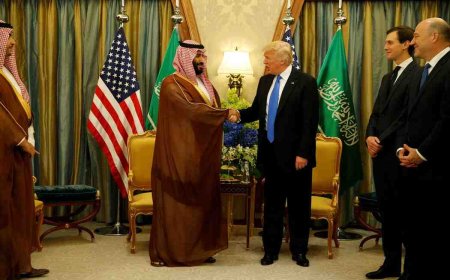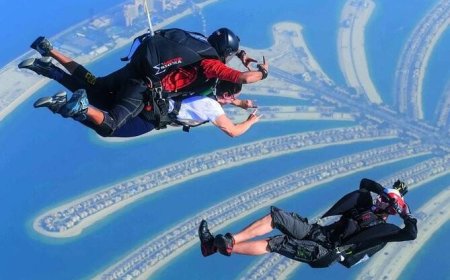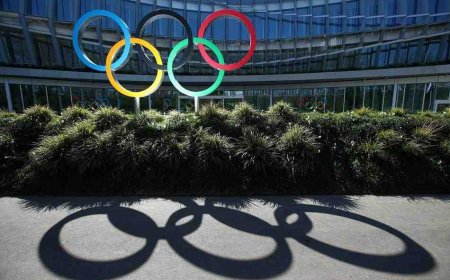Saudi Arabia and UAE Unite for ATLC-35, One of the Region’s Largest Air and Missile Defense Drills
Saudi Arabia's Air Force & Air Defense join the ATLC-35 military exercise in the UAE. Learn about the drill's goals, Saudi Tornado aircraft, and regional security significance.

Saudi Arabia Joins UAE in Major ATLC-35 Air Force and Missile Defense Exercise
In a significant display of regional military cooperation, the Royal Saudi Air Force and the Royal Saudi Air Defense Force have deployed to the United Arab Emirates to participate in the major ATLC-35 joint air exercise. This high-level drill brings together allied nations to enhance combat readiness and interoperability in aerial warfare and missile defense.
The participation underscores the deepening defense ties between Saudi Arabia and the UAE and highlights a shared commitment to regional security.
What is the ATLC-35 Exercise?
ATLC-35 is a premier regional air force exercise designed to test and refine the combat capabilities of participating nations. It involves complex, multi-national simulations covering the full spectrum of modern air operations, including:
-
Offensive and defensive air campaigns
-
Missile defense interception
-
Night-flying missions
-
Aerial refueling
-
Combat search and rescue (CSAR)
The exercise serves as a critical platform for standardizing procedures and improving coordination among allied forces, ensuring they can operate seamlessly together in complex threat environments.
Saudi Arabia's Key Role in the Drill
Saudi Arabia is playing a robust and integral role in ATLC-35. The Royal Saudi Air Force has deployed its Tornado aircraft, with crews conducting a wide range of advanced training missions. Simultaneously, the Royal Saudi Air Defense Force is engaged in simulated missile-threat scenarios, practicing coordination with aerial assets and allied defense systems.
This active participation allows Saudi forces to gain valuable experience in a multinational setting, exposing personnel to diverse tactical procedures and enhancing joint-operations expertise.
Strategic Significance for the Gulf Region
The exercise carries substantial strategic importance for several reasons:
-
Enhanced Interoperability: It sharpens the ability of Gulf nations to conduct combined air and missile defense operations, a crucial capability in a region facing complex aerial threats.
-
Strengthened Alliances: Hosting and participating in such drills reinforces the strong military and diplomatic bonds between the UAE, Saudi Arabia, and other partner nations, demonstrating a unified security posture.
-
Deterrence Signal: Joint exercises of this scale serve as a clear signal of readiness and coordination to potential adversaries, showcasing a collective capacity to respond to regional threats.
Broader Implications for UAE and Saudi Defense
For the UAE, successfully hosting a complex exercise like ATLC-35 solidifies its position as a hub for regional defense collaboration and advanced military training.
For Saudi Arabia, the deployment aligns with the Kingdom's broader strategic vision to modernize its armed forces, enhance its deterrent capabilities, and build deeper security partnerships. The experience gained directly contributes to the readiness and professionalism of its air and defense personnel.
Conclusion: A Step Toward Integrated Gulf Security
The active involvement of Saudi Arabia's air and air defense forces in the UAE-based ATLC-35 exercise marks a notable advancement in Gulf military cooperation. By training together in high-stakes scenarios, the participating nations are not only improving their individual skills but also building a more resilient, integrated, and effective collective defense framework for the future.
What's Your Reaction?







